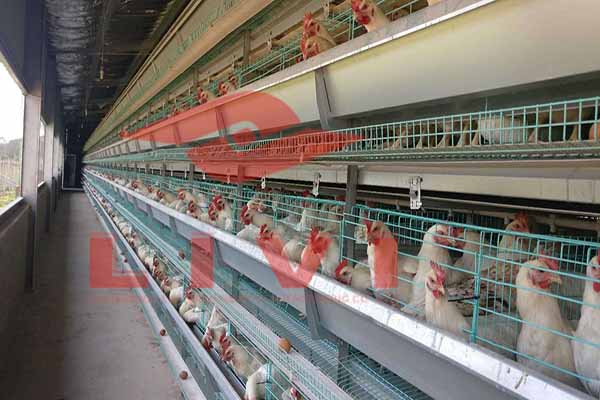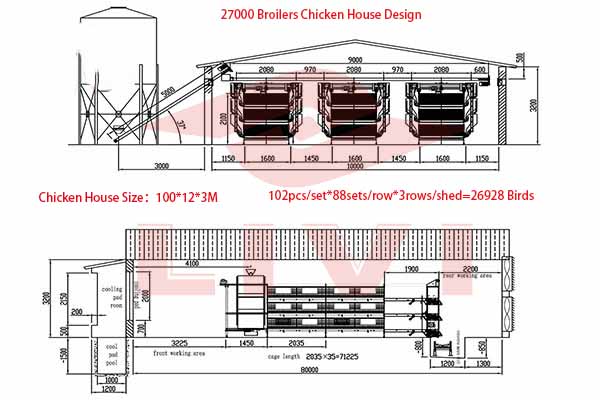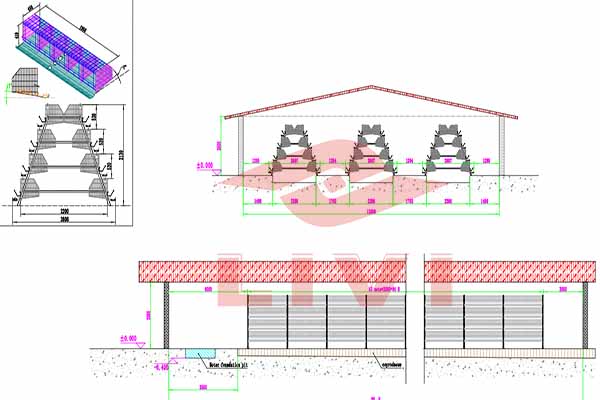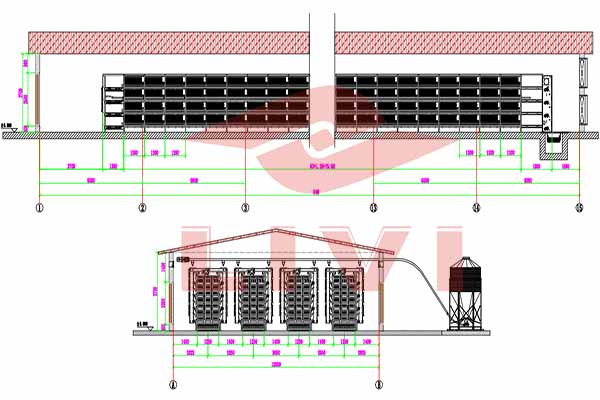Raising Chickens Efficiently: An Overview of Chicken Cage Equipment
摘要:This article explores the different types of chicken cage equipment, the materials used in their construction, and the integration of automated systems. It also delves into the maintenance and durability aspects, offering insights into cost-effectiveness and market trends. Read on to find solutions to common issues and guidelines for choosing the right cages for various farming scales.
Chicken farming is a highly efficient method of meat production. A key factor in ensuring productivity is the choice of cage equipment. In this article, we will cover three essential aspects of chicken cage equipment: their classification, material choices, and automated systems integration.
Classification of Chicken Cages
Chicken cages come in various types, each designed to cater to different farming needs. Two of the most common types are the layered and stepped cages.
- Layered Cages: These cages are designed for egg-laying hens. They typically consist of several levels with adjustable trays to collect eggs and prevent them from rolling away.
- Stepped Cages: Stepped cages are another type of cage suitable for laying hens. They are often more compact and have adjustable floors, making them space-efficient and easier to clean.
Material Selection for Chicken Cages
The choice of material is crucial in chicken cage construction, as it directly affects durability, weight, and hygiene.
- Galvanized Steel: Galvanized steel is the most common material due to its strength, resistance to corrosion, and low maintenance requirements.
- Aluminum: Aluminum cages are lightweight, which makes them easy to handle and install. However, they are not as resistant to corrosion as steel.
- Wood: While wood is a popular material in the EU and certain parts of the US, it is not widely used in many countries due to hygiene concerns.
Integration of Automated Systems
Modern chicken farming has embraced automation to increase efficiency and reduce labor costs.
- Automatic Feeders: These feeders ensure a consistent supply of feed to the chickens, improving their health and growth.
- Automatic Waterers: Continuous access to fresh water is vital for chickens, and automated waterers ensure they have adequate hydration.
- Environmental Control Systems: Automated systems can adjust temperature, humidity, and ventilation, providing an optimal environment for the chickens.
By integrating these automated systems, chicken farmers can monitor and manage their flocks more effectively.
Maintenance and Durability
Proper maintenance of chicken cages is crucial to extend their lifespan and maintain hygiene.
- Regular Cleaning: Cleaning the cages regularly prevents the build-up of feces and waste, reducing the risk of disease.
- Inspection: Regular inspection of the cages for signs of wear and tear helps





